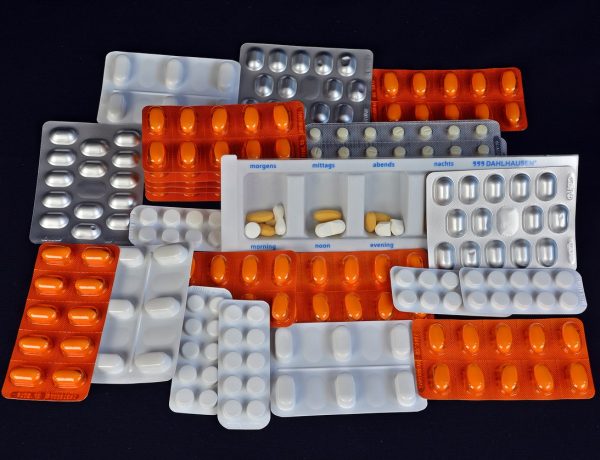In the highly competitive world of e-commerce, having a well-optimized Shopify store can significantly improve your online success. Technical SEO, the foundation of any effective SEO strategy, ensures that search engines can crawl, index, and rank your website efficiently. In this article, we will delve into the nuances of mastering technical SEO for Shopify, providing you with actionable tips and tricks to enhance your store’s visibility and performance.
Understanding Technical SEO
Technical SEO involves optimizing the infrastructure of your website to make it easier for search engines to crawl and index. This includes aspects like site speed, mobile-friendliness, secure connections, and proper indexing. For Shopify stores, technical SEO ensures that your products and content are easily discoverable by search engines, leading to better rankings and more organic traffic.
Tips and Tricks for Mastering Technical SEO on Shopify
Here, you will find the best tips and tricks shared by renowned Shopify SEO services provider companies. These suggestions will help you improve user experience and conversions. Check them out!
1. Optimize Site Speed
- Site speed is a critical factor in both user experience and search engine rankings. Slow-loading pages can lead to higher bounce rates and lower conversions. Here are some ways to optimize your Shopify store’s speed:
- Use a Fast and Responsive Theme: Choose a lightweight and mobile-optimized theme from the Shopify Theme Store.
- Optimize Images: Compress and resize images before uploading. Use formats like JPEG for photos and PNG for graphics.
- Limit the Use of Apps: Only use essential apps and remove any that are not in use.
- Implement Lazy Loading: Lazy loading delays the loading of non-critical resources until they are needed.
2. Enhance Mobile-Friendliness
With a significant portion of online shopping done on mobile devices, ensuring your Shopify store is mobile-friendly is crucial. Google’s mobile-first indexing means that the mobile version of your site is considered the primary version.
- Responsive Design: Ensure your theme is fully responsive and provides a seamless experience across all devices.
- Mobile Usability Testing: Regularly test your site on various mobile devices to check for any issues.
- Optimize Touch Elements: Ensure buttons and links are easily tappable without zooming.
A well-structured site makes it easier for both users and search engines to navigate your store.
- Clean URL Structure: Use clear, concise, and keyword-rich URLs. Avoid using complex and lengthy URLs.
- Breadcrumb Navigation: Implement breadcrumb navigation to help users understand their location within your site and improve internal linking.
- Sitemap Submission: Create and submit an XML sitemap to Google Search Console to ensure all your pages are indexed.
4. Secure Your Store with HTTPS
Security is a significant ranking factor, and having a secure website is crucial for building trust with your customers.
- SSL Certificate: Ensure your Shopify store has an SSL certificate installed. This will encrypt data and protect your customers’ information.
- Regular Security Audits: Perform regular security checks and updates to safeguard your site from vulnerabilities.
5. Optimize for Indexing and Crawling
Making sure search engines can efficiently crawl and index your site is essential for good SEO.
- Robots.txt File: Customize your robots.txt file to control which pages you want search engines to crawl.
- Fix Crawl Errors: Regularly check Google Search Console for crawl errors and fix them promptly.
- Canonical Tags: Use canonical tags to prevent duplicate content issues by indicating the preferred version of a page.
6. Implement Structured Data Markup
Structured data helps search engines understand the content of your pages better, leading to enhanced search results.
- Product Schema: Add product schema markup to your product pages to display rich snippets like reviews, prices, and availability in search results.
- Breadcrumb Schema: Use breadcrumb schema markup to improve the visibility of your breadcrumb navigation in search results.
- Review Schema: Implement review schema to showcase customer reviews and ratings prominently.
7. Optimize On-Page Elements
On-page SEO is about optimizing individual pages to rank higher and earn more relevant traffic.
- Title Tags and Meta Descriptions: Write unique, compelling, and keyword-rich title tags and meta descriptions for each page.
- Header Tags: Use H1 tags for primary headings and H2-H6 tags for subheadings to structure your content logically.
- Alt Text for Images: Add descriptive alt text to all images, including keywords where appropriate.
8. Leverage Internal Linking
Internal linking helps distribute link equity across your site and improves the user experience.
- Contextual Links: Add links within your content to related products or blog posts.
- Footer Links: Include important links in your footer to improve navigation.
- Anchor Text: Use descriptive and relevant anchor text for all internal links.
9. Monitor and Analyze Performance
Regular monitoring and analysis of your store’s performance are vital to understanding the effectiveness of your SEO efforts.
- Google Analytics: Set up Google Analytics to track user behavior, traffic sources, and conversion rates.
- Google Search Console: Use Google Search Console to monitor search performance, index coverage, and identify issues.
- SEO Audit Tools: Utilize SEO audit tools like Screaming Frog or SEMrush to perform comprehensive audits and uncover areas for improvement.
Conclusion
Expert Shopify SEO Agencies for Store Optimization say mastering technical SEO for a Shopify store is a continuous process that requires regular updates and optimizations. By focusing on site speed, mobile-friendliness, secure connections, proper indexing, and other technical aspects, you can enhance your store’s visibility and performance in search engine results. Implement these tips and tricks to ensure your Shopify store is technically sound and primed for success



